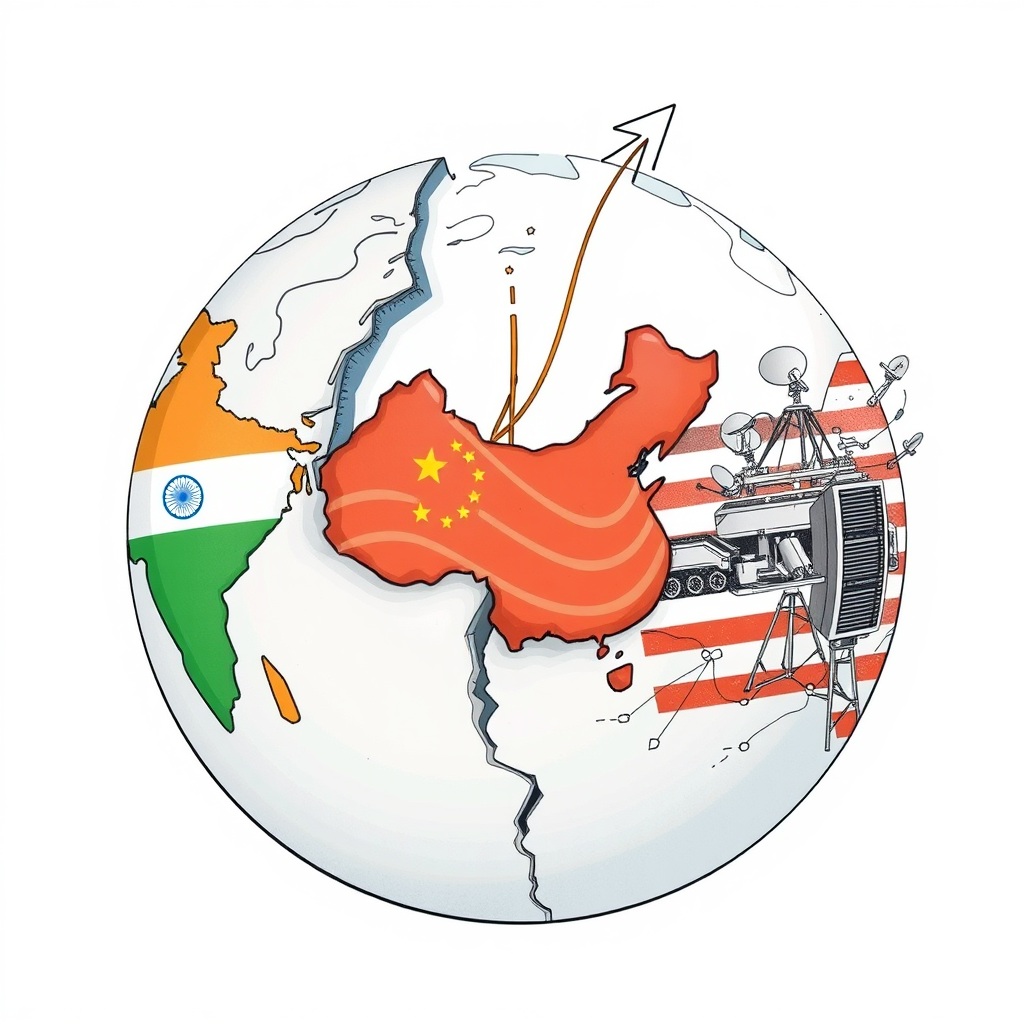Tech Nationalism: India, China, US Race for Innovation

Commerce Minister Piyush Goyal’s recent critique of India’s startup ecosystem – characterizing it as overly focused on delivery apps and gig work while contrasting it with China’s advancements in areas like electric mobility – has ignited a debate about national priorities and the future of innovation. His remarks, delivered at the Startup Mahakumbh, weren’t simply a scolding; they reflected a broader, global anxiety about technological leadership and national security, a sentiment echoed – albeit with vastly different approaches – by leaders in China, Europe, and the United States.
Goyal’s lament, predictably, drew fire from the Indian startup community, with criticisms leveled at the accuracy of his data and a demand for a fairer comparison of the regulatory landscapes. However, beneath the immediate rebuttal lies a valid concern: is India prioritizing short-term convenience over long-term technological prowess? The minister’s “deeptech FOMO” – the fear of being left behind in critical technologies – isn’t unfounded, given the escalating geopolitical tensions and the growing recognition of technology as a key determinant of national power.
This anxiety isn’t unique to India. In China, a clear doctrine of technological self-reliance, championed by Xi Jinping, guides innovation, prioritizing strategic industries and national security. Europe, facing its own vulnerabilities, is desperately seeking to foster innovation through policy interventions and funding initiatives, aiming to preserve its value system in a rapidly changing world. And in the United States, a peculiar brand of tech nationalism is taking shape, fueled by billionaire tech entrepreneurs like Alex Karp of Palantir Technologies and supported by figures like Donald Trump and J.D. Vance. Karp, in his recent book, echoes Goyal’s sentiment, lamenting the focus on consumer apps and calling for a restoration of American technological ambition.
The approaches differ significantly. China employs a top-down, state-directed strategy. Europe seeks a balance between innovation and societal values. And the US, increasingly, is witnessing a confluence of political ideology and the interests of a select group of tech billionaires. What unites them, however, is a shared recognition that technological leadership is no longer simply about economic competitiveness; it’s about national survival.
India’s challenge is particularly acute. While mobile phone penetration is remarkably high – 97% of households own one – access to computers and digital literacy remain woefully low, especially in rural areas. Only 7% of Indian households own a computer, and a mere 2% in rural areas. Digital skills among young Indians lag far behind those in developed economies. This digital divide presents a significant obstacle to fostering a thriving deeptech ecosystem.
Goyal’s call for entrepreneurs to embrace a wave of nationalism may resonate with some, but inspiration alone isn’t enough. A fundamental shift in priorities is needed, coupled with substantial investments in education, infrastructure, and a regulatory environment that encourages innovation. The minister is right to highlight the importance of the defense industry, but a broader focus on areas like artificial intelligence, biotechnology, and advanced manufacturing is crucial.
The question isn’t simply whether India can catch up, but whether it’s willing to make the necessary investments and sacrifices to prioritize long-term technological leadership over short-term gains. The global landscape is shifting, and India’s future will depend on its ability to navigate this new reality. The current trajectory suggests a nation still grappling with fundamental digital inequities, and a policy environment that, while evolving, hasn’t yet fully embraced the urgency of the moment.